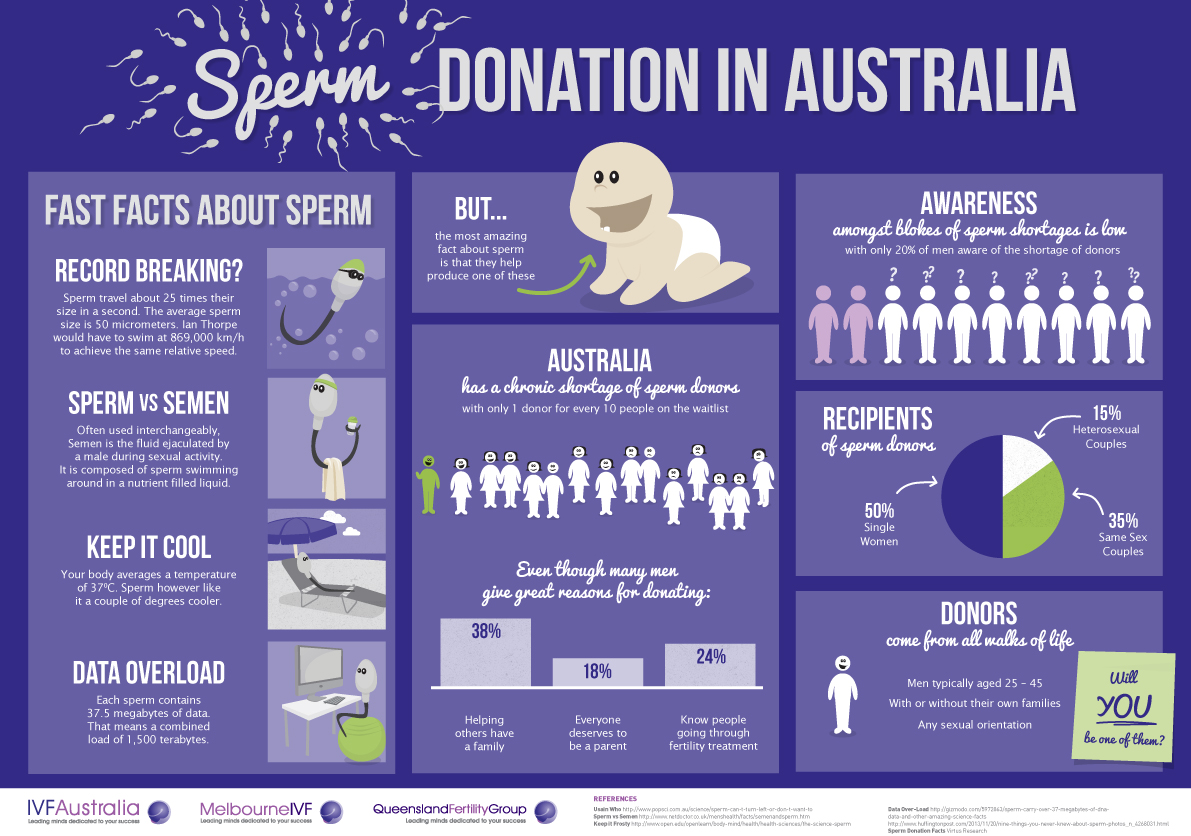A common question that I get asked by couples who are having trouble conceiving is whether their previous contraceptive use may be affecting their ability to fall pregnant now. As a fertility specialist, I know that issues with fertility can be one of the most difficult challenges couples will ever face. It is normal to feel stressed, sad, angry, or even cheated by your own body, because we feel that having a family should come naturally. The thought of not being able to have children can make many couples feel like there is something wrong with them. People can start asking questions like “Why is this happening to us?” and wondering whether there is anything or anyone to blame. Considering their previous contraceptive use is one of them.
If you’ve been taking ‘The Pill’
The most commonly used method of contraception in Australia is the oral contraceptive pill. A Danish study in 2013 involving 3,727 women showed that there was no evidence that long-term oral contraceptive pill use had any harmful effects on pregnancy rates1.
Both short-and long-term pill users were likely to experience a temporary delay in conception, but this does not affect a woman’s chances to fall pregnant. This study has brought good news for users of ‘The Pill’ with respect to future fertility. Fertility is slightly reduced during the first couple of menstrual cycles after stopping the pill, but after that, monthly fertility rates quickly return to their usual level.
If you’ve been using other contraceptives
None of the other reversible contraceptive forms used in Australia have any permanent effects on fertility either. With the Intra Uterine Devices (IUD’s), Implanon and Depo-Provera long-term fertility is maintained. Most contraceptives are associated with a temporary reduction in fertility. However with the injection of Depo-Provera it takes an average of 9-10 months before ovulation returns and therefore it may take longer before you can fall pregnant. If you want to become pregnant in the next 12 to 18 months I advise you to use a different method of contraception.
The impact of STI’s on fertility
It is important to realise that even though contraceptive use does not permanently affect fertility, certain sexually transmitted infections can. All the previously mentioned contraceptive options do not protect you from these.
One of the most common STI’s in Australia is chlamydia. This infection can affect both women and men and if left untreated in women it can cause permanent scarring to their fallopian tubes, which can cause problems with fertility. About 70% of women and 50% of men with chlamydia do not have any symptoms and do not know that they have this condition. The rate of positive chlamydia tests has tripled in Australia over the last decade2 so I encourage you to have frequent STI checks and use barrier contraceptives.
The impact of ‘bad habits’
There are definite lifestyle and dietary changes that can boost fertility and you can optimise your own chances by changing ‘bad habits’. For instance, we know that stopping smoking can improve your fertility and this is also beneficial for your baby during pregnancy and throughout your child’s life. Being overweight, or underweight, can also affect fertility so aim for a healthy weight to improve your chances of conception. A healthy diet and regular exercise can help you with this. It is important for some people to reduce their caffeine or alcohol intake. You should discuss this with your GP.
A woman’s age
While there may be a number of contributing factors to pregnancy delay, by far the biggest challenge women face is their age. As a woman ages her fertility declines - so we do not have unlimited time to have our own biological children. This decline increases significantly once a woman reaches her mid-30’s.
If you are trying to fall pregnant, it is important to understand the factors that can affect your fertility, as well as those that cannot. But if you are starting to feel stressed or confused about the situation, I would recommend you speak to your GP, particularly if you are over 35. He or she can give personal advice to boost your chances of conceiving, and recommend some fertility tests if necessary too.
1. Hum Reprod 2013 May;28(5):1398-405. doi: 10.1093/humrep/det023. Epub 2013 Feb 20
2. http://www.abs.gov.au/AUSSTATS/[email protected]/Lookup/4102.0Main+Features10Jun+2012



